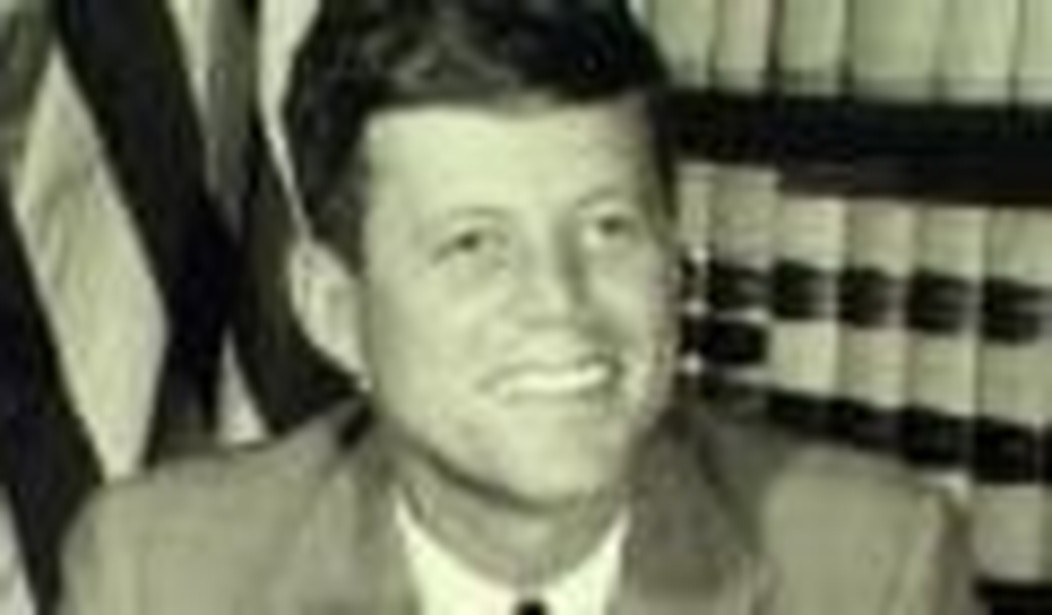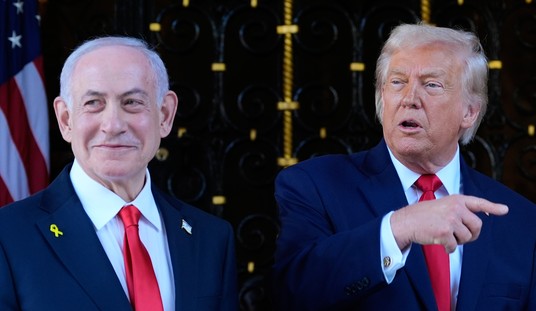I was startled some years ago by a sort of subliminal political message implanted in an episode of HBO’s heralded miniseries about the Apollo space program, “From the Earth to the Moon.” I’d written about the culture wars and knew firsthand how far each side would go to score a few points, but I was surprised by the naked ideological ambition of the HBO episode, called “1968.” It dismissed the assassinations, racial protests and political tumult that defined that trying year — presented as grainy black-and-white flashbacks — as peripheral events. What was central to our national narrative, the show maintained, was the moon mission, depicted (in vivid color) as a paragon of courage, achievement and right-minded clarity amid the upheaval on terra-not-so-firma. And then came the clincher: the episode ends at Christmas, with Houston reading to the Apollo 8 astronauts, the first men to orbit the moon, a telegram from an ordinary American: “You saved 1968.”
Yes, at least on one front, conservatives have won a skirmish in the culture wars, seizing the moral high ground in the popular understanding of what “failed” in the 1960’s and what “succeeded.” The HBO episode swallowed whole the notion not just that 1968, a seminal year that helped make us who we are, like it or not, needed “saving,” but that three men in a tin can hurtling through space, military men at a time when the military was mired in a terrible, tragic war, were the heroes who redeemed the era. They were, in this view, a sort of special ops rescue mission from the Right. So much for the lefties who supposedly control Hollywood. An argument can be made that all the moon missions left us was Tang, space blankets and some wonderful photos of the earth, while the voices of protest gave us the Civil Rights Act, the Voting Rights Act and a healthy skepticism toward foreign military adventures, but what seems indisputable is that the revisionist view of the 1960’s has become prevalent. The guys with the crew cuts, it would seem, saved us from the dope fiends with pony tails, making America safe for disco, muscle cars and Watergate.
But some far Right conservatives have not been content with that cultural victory. They want us not just to embrace the idea that the forces of sanity on the Right saved the country but to destroy any positive liberal symbolism that might be salvaged, a sort of Biblical-style salting of the earth of your enemies. That is the tactic employed by James Piereson’s odd book of right-wing agitprop, %%AMAZON=1594031886 Camelot and the Cultural Revolution %% . He is out to discredit liberalism and one of its most powerful, if ambiguous icons, John F. Kennedy. More, for those who revere Kennedy at least in part because he was killed in the spring of his reign of hope, in November, 1963, Piereson tries to discredit even the assassination mythology as little more than propaganda that obscured the conservative ascendancy.
Piereson’s book is simplistic, absurdly reductive in places and he gets a lot of historical context badly wrong. But he does make some important points about the self-destructive course of some liberal thinking during the 1960’s. He also hints at some reasons why the country has become so ideologically polarized.
Many of Kennedy’s supporters, as Piereson notes, chose to blame the assassination not on a sad, deranged misfit who had flubbed his defection to the Soviet Union, but metaphorically on Kennedy’s enemies on the Right. Piereson struggles to make the case that since Lee Harvey Oswald, a high school dropout, Marine dropout and perennial loser, was an avowed communist the assassination ought to be declared a communist-inspired hit. He cites no evidence, however, justifying the claim that Kennedy was thus a victim of the worldwide communist conspiracy. Piereson is right, though, that Kennedy’s allies, even his widow, quickly blamed, in a symbolic manner, the opponents of desegregation and of international engagement. It was an emotional effort by the supporters to marshal the grief and anger over the assassination into a force to carry out Kennedy’s ambitious agenda.
Piereson downplays how many of President Kennedy’s domestic policy programs were enacted, supported by both Democrats and many Republicans – including the race to the moon, which Kennedy had first championed. But the effort to lay blame on the Right was a tactical error that, in the long run, contributed to the demonization of conservatives and widened the partisan divide. Piereson’s argument is that youthful members of the Left were radicalized by this false charge that the far Right had “killed” their youthful president.
It’s a ridiculous charge. What Piereson ignores is that the seeds of disaffection on the Left were sown long before Kennedy’s death in November, 1963, and that many members of the Left were already well on their way to being radicalized. Piereson repeatedly talks about the counterculture and protest movements as the progeny of the assassination when in reality they predated it by many years.
The rebellion that came into full flower during the 1960’s had deep roots in the 1950’s – some strands led back to the Depression, of course, and its movements supporting unions and the rural poor. The serene 1950’s “consensus” that Piereson refers to was already shaky by the time Kennedy was elected. Young people were already rebelling against racial injustice and hypocrisy, even “the Bomb.” For instance, the terrible murder of the young black man Emmett Till by a mob of racist whites in Mississippi, which started to rally Liberals around the civil rights cause, took place in 1955. Allen Ginsberg’s beat masterpiece, Howl, was published in 1956, and Jack Kerouac’s anthem of living for the moment, On the Road, came out in 1957.
By the time of the assassination, Bob Dylan had already released two albums, filled with anti-war tunes, and his fiery third album, The Times They Are A-Changin, had been recorded prior to Kennedy’s death and was released just six weeks later. The Students for a Democratic Society had laid out their political program — opposition to nuclear weapons, war and racial injustice — at the Port Huron Convention in 1962.
The great split between the traditional, intellectual left of Kennedy and Adlai Stevenson and the new Left hipsters – the real source of revolutionary fervor – had been playing out for years. The divide was on display famously at Hunter College in 1958, when James Wechsler, the editor of the then reliably liberal New York Post, shared a podium with Kerouac. Wechsler earnestly argued for banning nuclear weapons and for racial equality, while a drunken Kerouac pranced about the stage, ridiculed Wechsler and declared, “I believe in love. I vote for love.”
“I was grappling with a man from Outer Space,” Wechsler later wrote.
Because he so badly misses the roots of 1960’s rebellion, Piereson also misses the critical factor that pushed the youth movement to extremes. Kennedy’s assassination may have robbed some young people of the hope that a new kind of president would forge a new kind of history marked by social progress, but it did not force them into the streets. Far more important to the eruption of rhetoric, anger and, at times, violence was, of course, the senseless course of the Vietnam War, being fought by baby boomers, many drafted into service against their will. The forces of alienation were unleashed by the war and heightened dangerously by it. Optimism was crushed and idealism was replaced by cynicism. Kennedy’s death was a secondary force.
This is exactly where Piereson’s conservative magical mystery tour smacks into the brick wall of reality. His fundamental thesis is that the Right “saved” the 1960’s as the Left became unmoored because conservatives never lost their focus on anti-communism. It was this crusade that eventually brought the country around. One small problem: Piereson’s view ignores the painful reality that the United States’ obsession with and failed effort at fighting communist expansion in Vietnam – led by a liberal Democrat President — was the trauma that nearly destroyed the country. Young men did not flee to Canada because Kennedy had been shot.
Not letting the facts get in the way, Piereson pushes the notion that the violence once employed by far Right groups, such as the KKK, now became a tool of the far Left. It is a misguided view of history.
Certainly, he’s correct that some elements of the far Left — the Weather Underground or the bizarre assemblage calling itself the Symbionese Liberation Army — resorted to violent tactics. But Piereson makes the ridiculous claim that the overheated rhetoric of the Left “led inevitably to acts of political violence,” such as urban race riots — not poverty, racism or violent white resistance to desegregation? — and violent anti-war campus protests — not frustration with the escalation of the fighting in Vietnam or police overreaction, as at Kent State?
Piereson tries to go one further, alleging that post-JFK political violence “came largely from the left.” Oh? The assassinations of Martin Luther King and Robert Kennedy in 1968 were by Leftists? How about Timothy McVeigh’s bombing later of the Federal Building in Oklahoma City, the worst case ever of domestic terrorism? How about Eric Rudolph and his terrorist acts against abortion providers and gays and lesbians, or his bombing at the Atlanta Olympics?
But Piereson is a political agitator, not an historian, so such errors mean little to him. It’s a shame, because we are seeing once again in this presidential campaign how many of the arguments started during the 1960’s remain alive. Thoughtful examination of those disputes could help inform the battles. But Piereson has other aims, perhaps clearest when he scolds Kennedy for being a centrist and a pragmatist. He questions Kennedy’s Pulitzer Prize winning book, Profiles in Courage, for lauding both Democrats and Republicans. Rather than seeing this evenhandedness as a sign of strength, Piereson accuses Kennedy of being “confusing” in his outlook and his book as “muddled” because he had not downed the Kool Aid of ideological intolerance. The criticism says more about Piereson than either Kennedy or the 1960’s.
James Sterngold writes on national security, criminal justice and the prison system and business. He spent 18 years with The New York Times as a domestic and a foreign correspondent and 5 years as the national affairs correspondent for the San Francisco Chronicle. He is the author of %%AMAZON=0671709011 Burning Down the House: How Greed, Deceit and Bitter Revenge Destroyed E.F. Hutton %% .









Join the conversation as a VIP Member